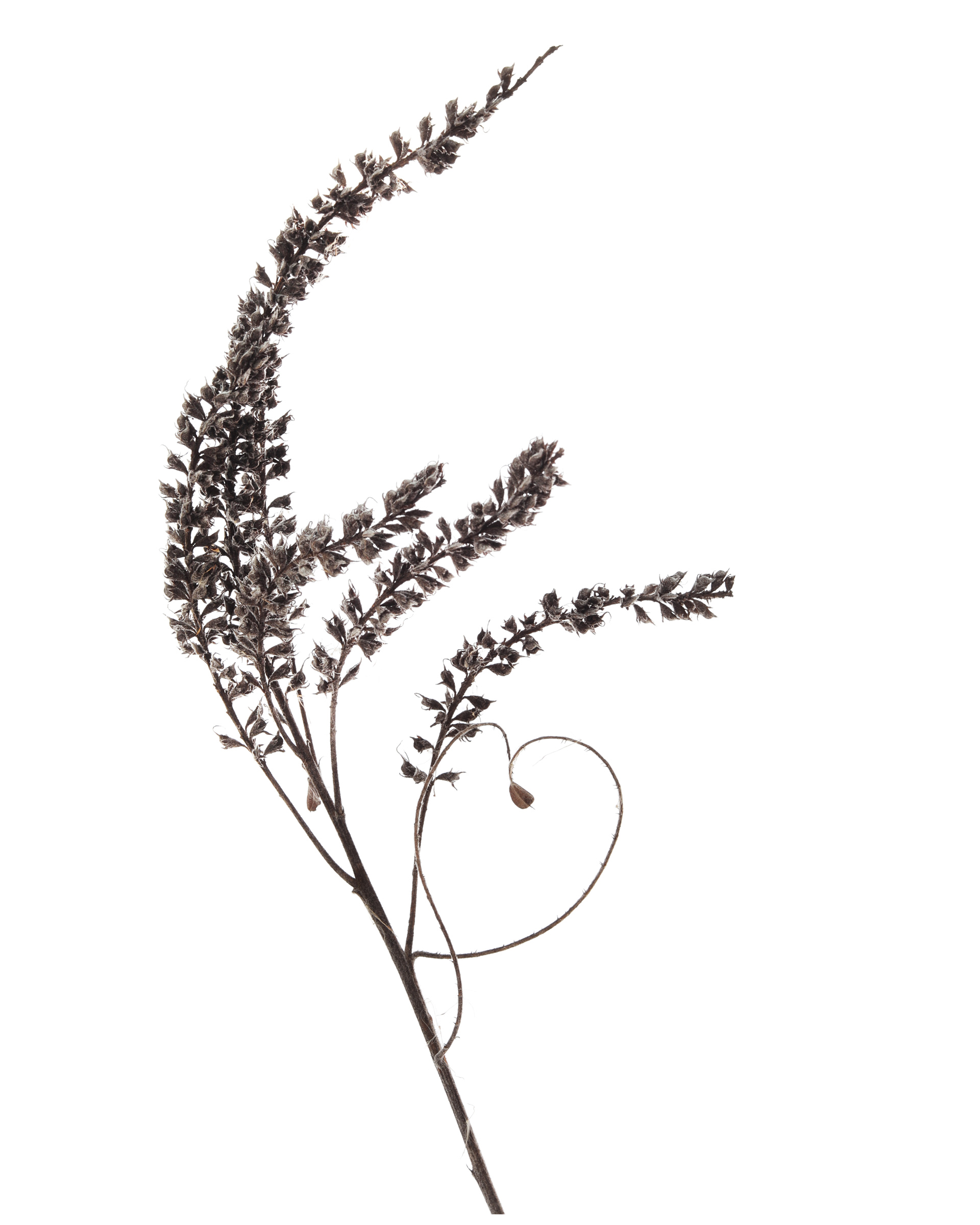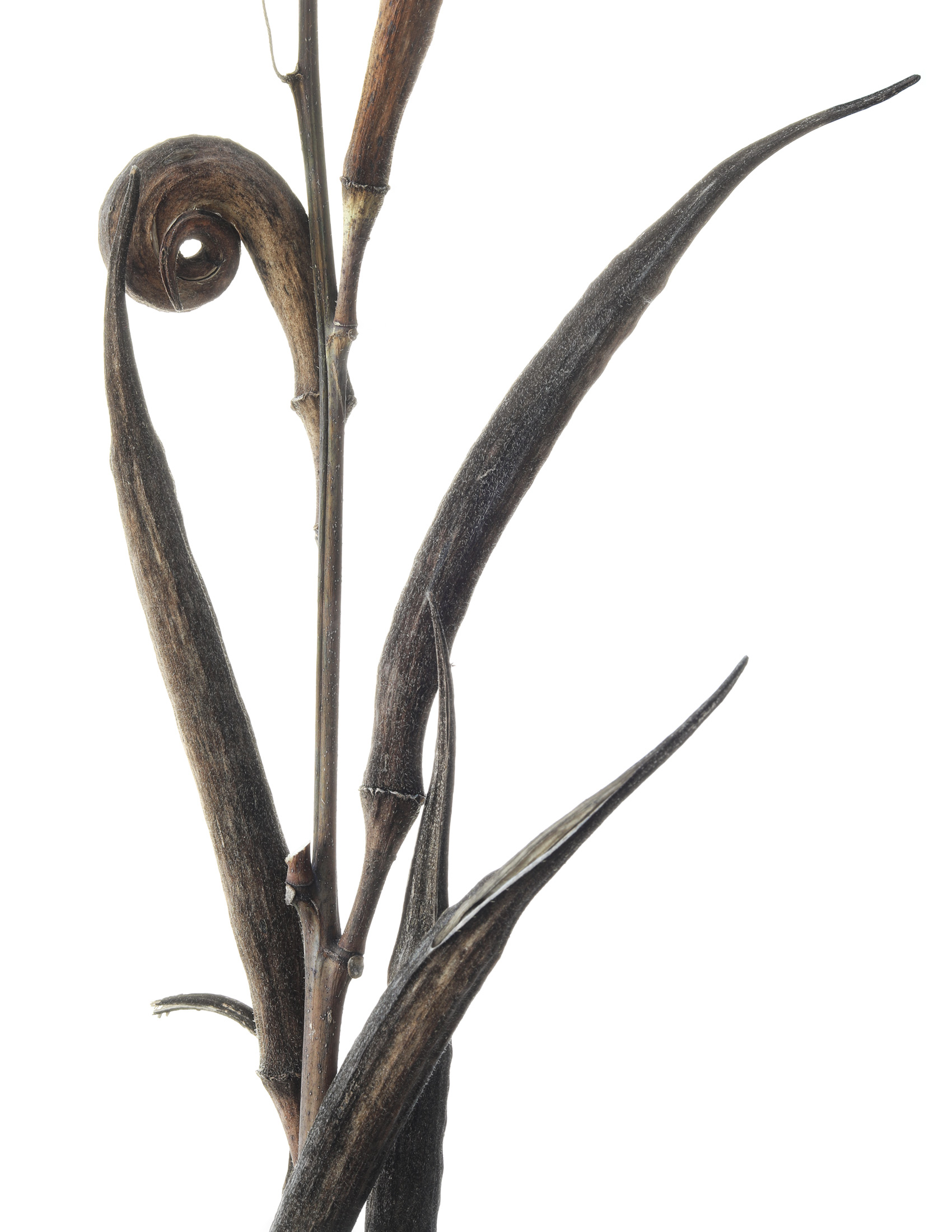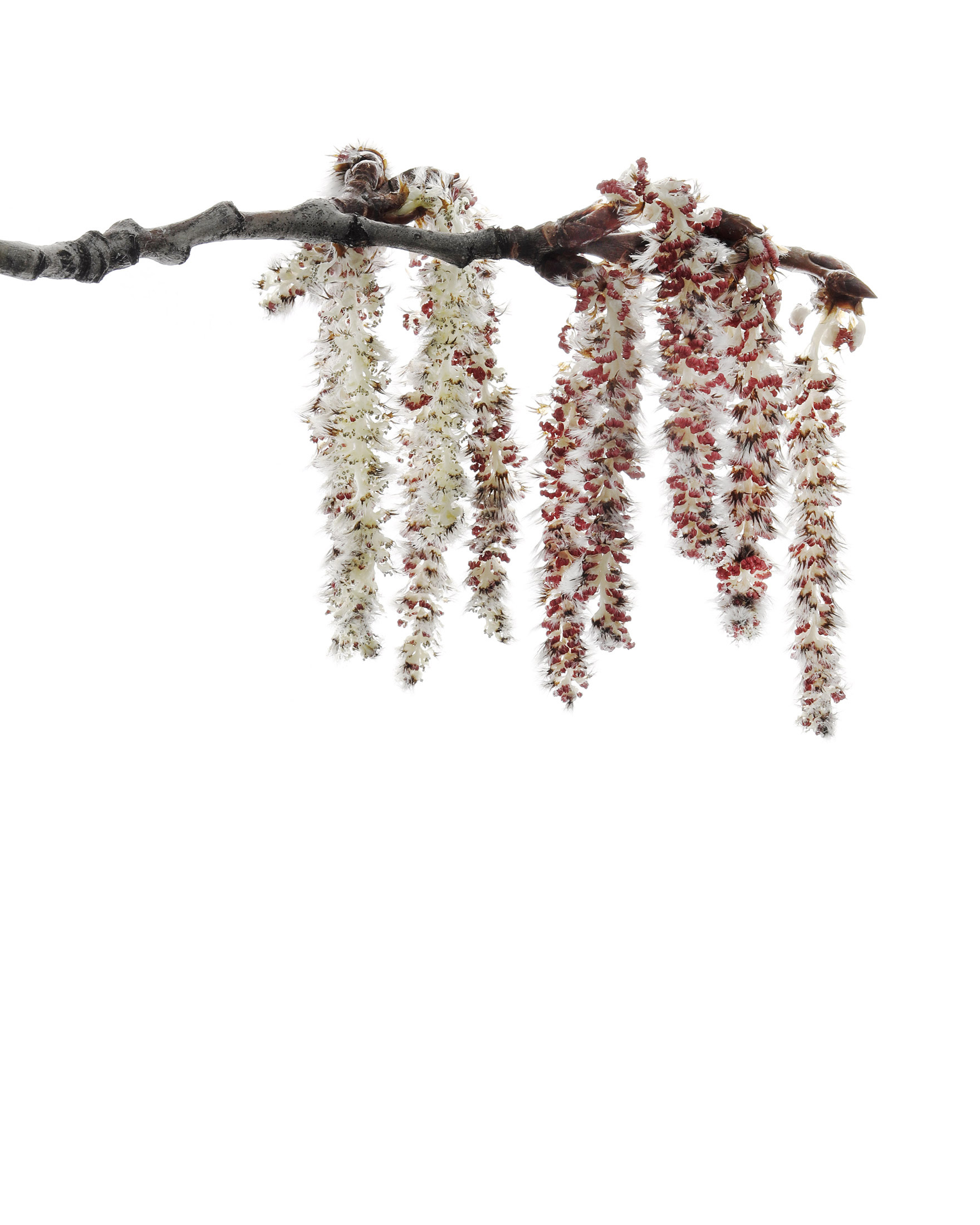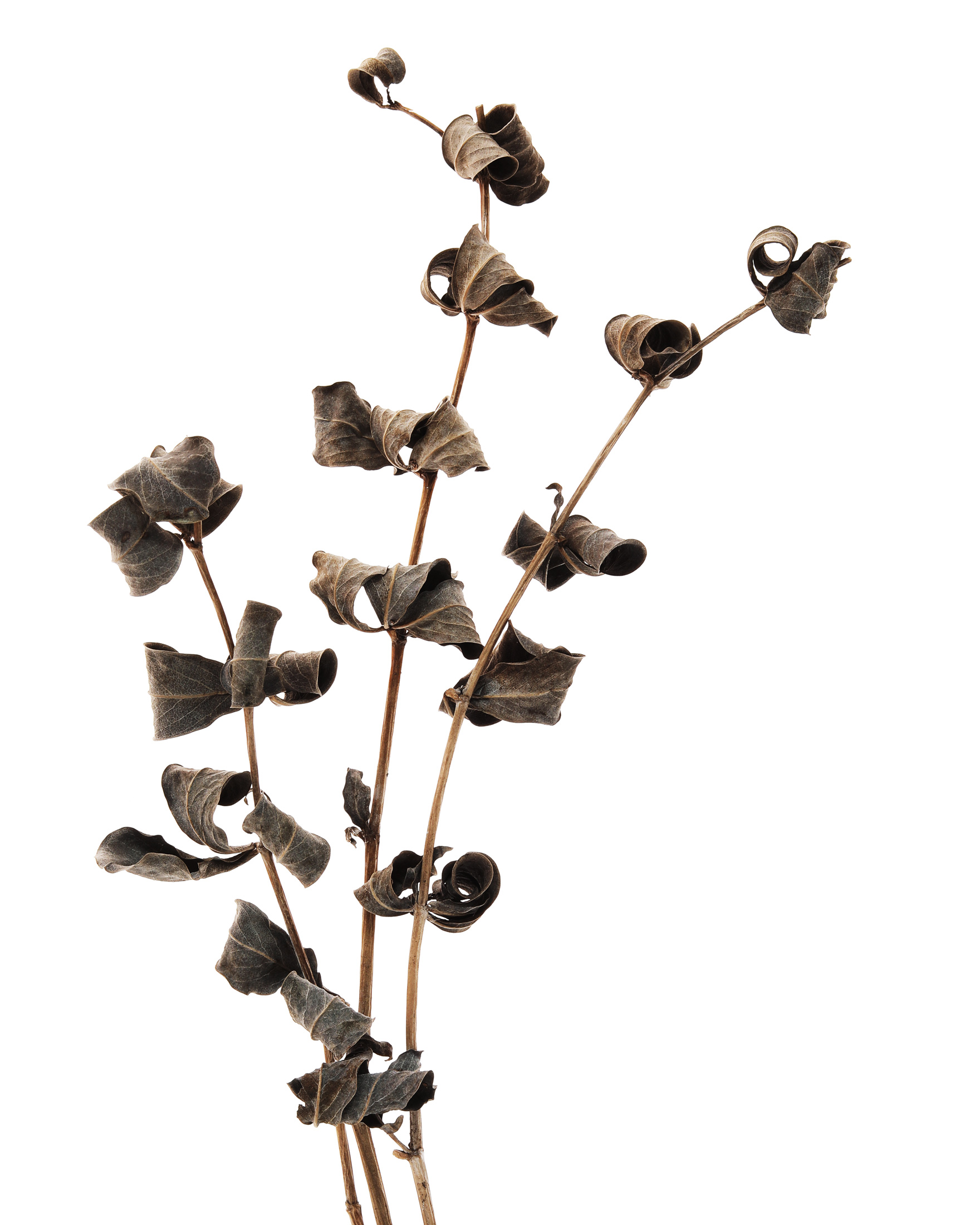
the bounty of nature
Wowsa. I did not realize how tired I would be after a 4 hours workshop for 40. I went to bed early last night, and woke up this morning still feeling wiped. So, I gave myself the morning off, and sat on the couch finishing my current book (Greenwood by Michael Christie). When I finally roused myself at 2 PM, I wondered what in the heck I would do for STILL today, I had two hours of decent light to work with, but I was still not feeling it. And then, once again, like every single day for the last 12 years, nature reminded me of its generous abundance. There on the back seat of my car, were two leadplant stems I had grabbed from the edge of parking lot a couple day ago. I love leadplant in summer (the name comes from little hairs on the leaves that make them look leaden, hence the name). I picked the stems because I liked the dramatic wind-blown appearance of the seedheads. But when I propped them up in front of my window to photograph, I was gifted with the heart. As if the universe was sending me a message saying “I know you are tired, but thank you for sharing your enthusiasm for the natural world with so many people yesterday. Every voice matters.” ♡
leadplant seedhead in winter (Amorpha canescens)

what lights you up?
I gave a workshop today for 40 participants. When we started, I asked everyone in the room to turn to their neighbor and ask “what lights you up?”. It’s a simple cocktail party ice breaker, that almost always leads to more interesting conversations than “what do you do?”. I started, by way of example, with holding up this dried okra stems and said “this lights me!” and then went on about my love of seed pods, and my delight in finding this one stem with an unusual okra pod that had curled in on itself in a perfect helix. And then, to my astonishment, each participant turned to their neighbor and the room literally exploded into conversation. It was a good five minutes or more before I could get them to even hear me above the din so that I could start my presentation. How I wish I could have heard all 40 answers! Anyway, it worked like a charm. We were only just getting started, and the group had already formed a community. And so, I ask you, dear reader, what lights you up?
dried okra (Abelmoschus esculentus)
-
Exceptional curled okra pod, a delightful find. What a great ice breaker – get people sharing what they’re passionate about! After that 5+ minutes you had a room full of happy folks. Wish I could have experienced your workshop.
reply

buds with fur coats
Minnesota is lucky to have a lot of fresh water. Which means we have a lot of willow. Willows love wetlands. I just looked it up, and it appears we have 18 different kinds of native willows. Pussy willow, the willow flower buds with their furry coats, are without fail one of the very first signs of spring here in the North. This particular one is new to me, it is purple prairie willow. The flowers are small catkins, produced in early spring; they are often purple or red in color, hence the name of the species (other willows mostly have whitish, yellow or green catkins). I only grabbed a few stems, and when I got home, I realized I had been to hasty–because the bud casings are an eye-catching metallic copper color, and it was actually the shiny copper casings that first caught my attention. Reminder to self: slow down, take your time, there is no hurry.
P.S. When you read this today, I will be giving a ½ day workshop to 40 participants. I have been prepping like crazy–40 is a lot. Hence the hurrying. ¯\_(ツ)_/¯
purple prairie willow (Salix purpurea)
-
The colors of these catkins (what a fun word) are subtle and satisfying. I hope you have these stems in water and you’ll share the blooms in a few days.
reply -
I agree. They are lovely.
reply

forced catkins
My sister-in-law was just telling me about a gift of three months of forced spring branches that she ordered for her mom recently from White Flower Farm; quince, forsythia, and magnolia. It sounded like a great gift idea. These are the same poplar catkin buds I shared with you three days ago. They have been in the house–in water with no wind–so they are more fluffy than you would normally find outside in spring. It got me wondering…forced catkins? Is anyone offering subscriptions for forced spring catkins? Pussy willow, birch, and alder perhaps? #justsaying
poplar catkins
-
I totally agree! Aren’t they just a joy?! Which reminds me, I’ll go cut some forsythia stems right now. Thanks :)
reply -
I cut some crabapple branches a few days ago
reply

snow at last!
Have you recovered from yesterday’s deer spine? LOL. Good news, we finally got some snow–2 inches of wet sticky snow. Finally a blanket of white. Many of our native northern plants rely on a blanket of snow in winter. The snowpack acts as an insulator, protecting roots from the harsh temperatures. There is also a number of small critters that rely on the cover of snow, making highways under the protective blanket, so that they can forage without becoming easy targets for prey. I have no idea how long this snow will last. But it is a welcome change for now. These stems (false indigo, I believe) caught my attention on today’s walk because of the way each leaf is curled up like a scroll. Each stem, a library of ancient wisdom.
(false indigo?) stems in winter
-
They do curl in a most delightful way, don’t they? Can’t confirm if they are false indigo (baptisia) or not, but I will say that if they are, I would expect to see an abundance of seed pods on those stems…
reply -
Shaved chocolate …
reply



Amazing – That is what I would call great Karma.